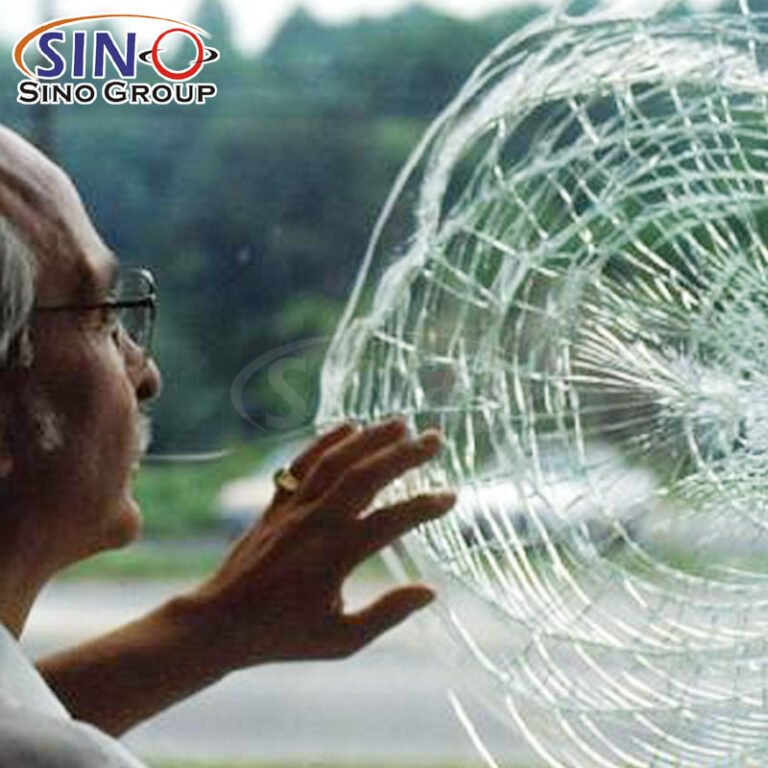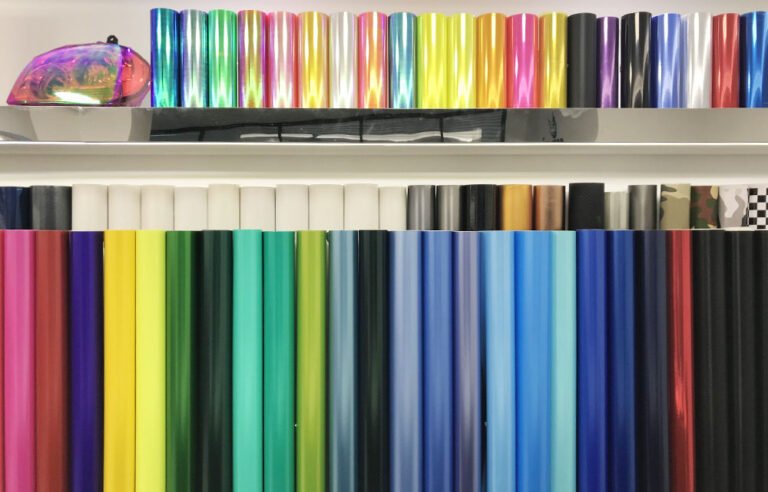Are there any safety concerns related to using glass stickers, especially in high-temperature environments?
Yes, there can be safety concerns related to using glass stickers, especially in high-temperature environments. It’s important to consider the type of sticker material, the adhesive used, and the potential effects of heat on the sticker’s performance and the surrounding area. Here are some potential safety concerns to be aware of:
1. Adhesive Performance
High temperatures can weaken or degrade the adhesive used in glass stickers. This might result in the sticker peeling off or not adhering properly to the glass surface. In extreme cases, the sticker could completely detach and pose a safety hazard if it falls.
2. Off-Gassing
Some sticker materials and adhesives may release volatile organic compounds (VOCs) when exposed to high temperatures. These compounds can contribute to poor indoor air quality and may be harmful to health over prolonged exposure.
3. Fire Risk
In situations where glass stickers are used near heat sources, such as stoves, ovens, or heaters, there is a potential fire risk if the sticker or adhesive is not heat-resistant. The sticker material could catch fire or release toxic fumes when exposed to high temperatures.
4. Glass Integrity
Excessive heat can affect the structural integrity of glass, especially if there are defects or stress points in the glass. Applying stickers to compromised glass could exacerbate the issue and potentially lead to breakage or shattering.
5. Aesthetics
High temperatures can cause certain sticker materials to warp, discolor, or become distorted. This could affect the overall appearance of the sticker and may lead to the need for replacement.
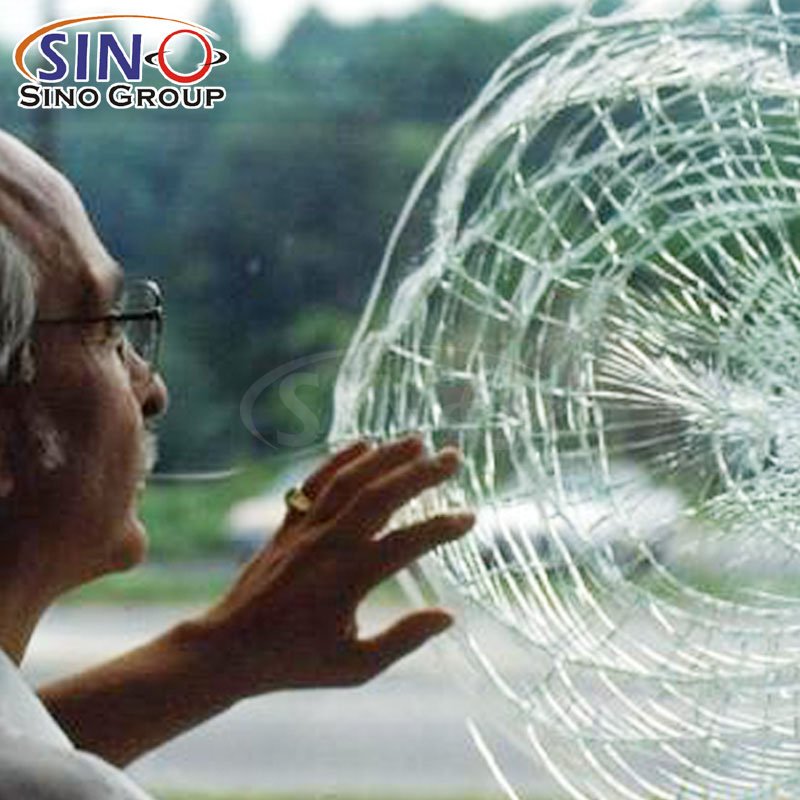
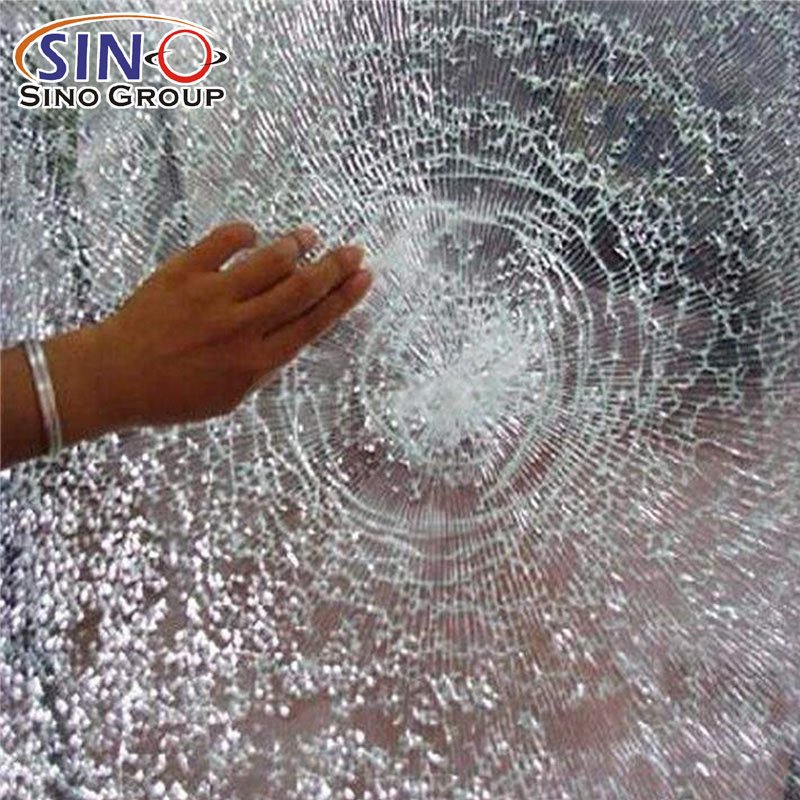
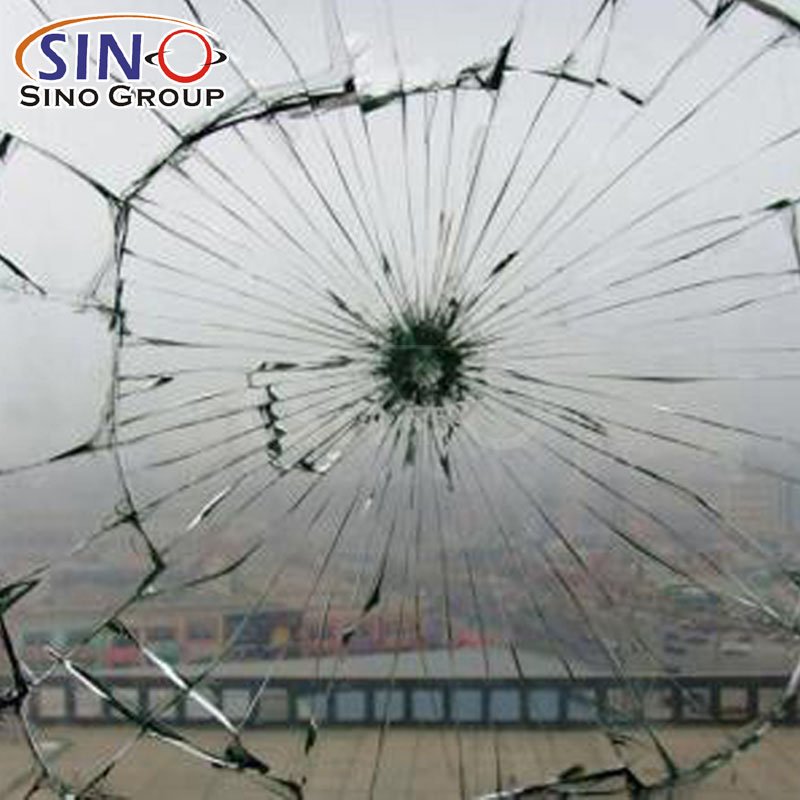
To address these safety concerns, it’s advisable to:
– Choose sticker materials that are labeled as heat-resistant or designed for high-temperature environments.
– Avoid placing stickers too close to heat sources or areas prone to significant temperature fluctuations.
– Regularly inspect stickers in high-temperature environments to ensure they are still securely adhered and not showing signs of degradation.
– Follow manufacturer guidelines and recommendations for installation and maintenance, especially when using stickers in areas with high temperatures.
– Consider professional installation or consultation if you’re unsure about the suitability of a particular sticker for a high-temperature environment.
Always prioritize safety when using any type of adhesive or decorative material in environments where heat can be a factor. If in doubt, reach out to the manufacturer or a relevant expert for advice on choosing and using glass stickers in high-temperature settings.

